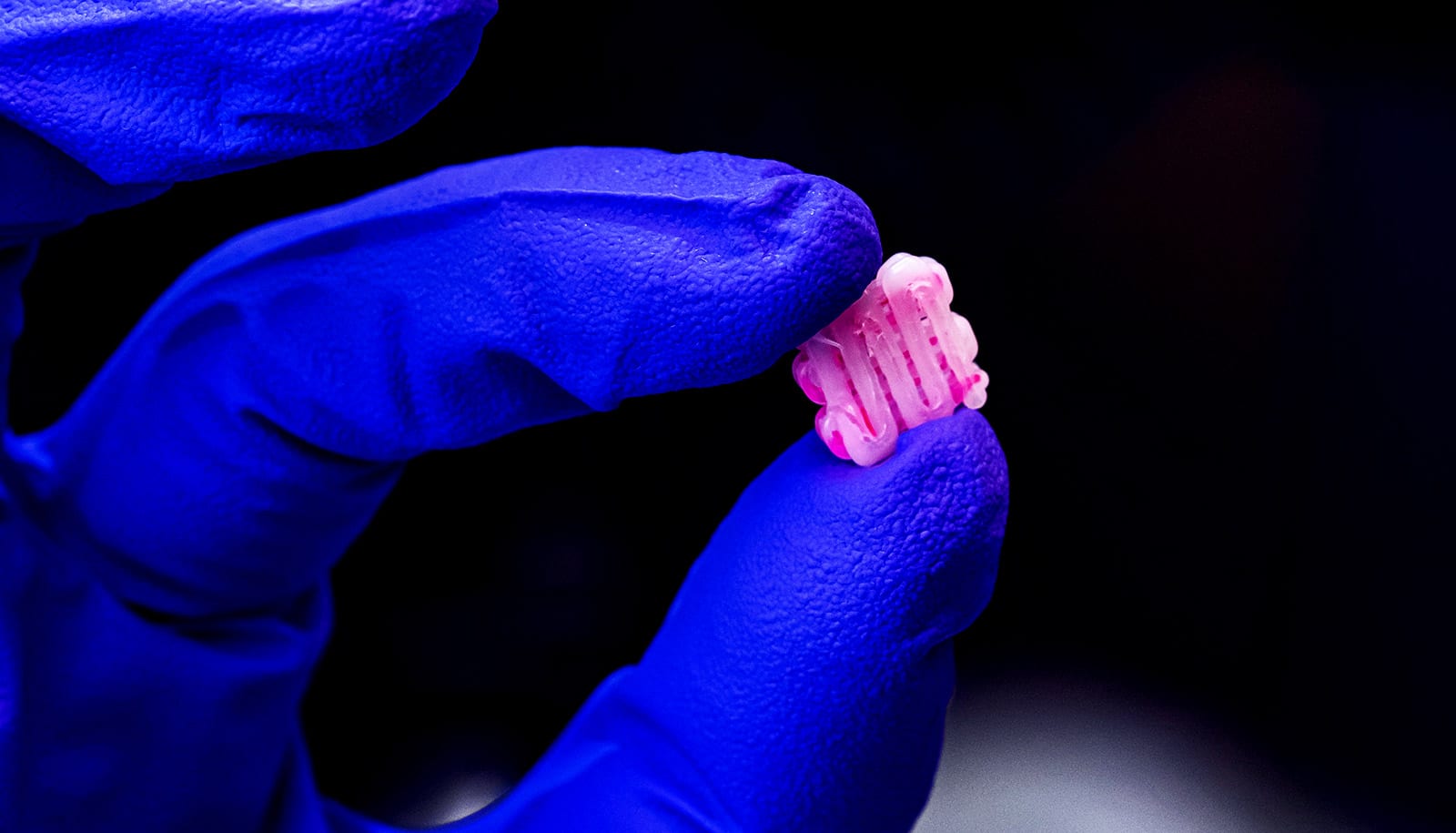Bioengineers are using grooves to seed sophisticated, 3D-printed tissue-engineering scaffolds with living cells to help heal injuries. The researchers are literally carving grooves into plastic threads used to build the scaffolds.
.
The grooves are then seeded with cells or other bioactive agents that encourage the growth of new tissue. The strategy protects cells from the heat and shear stresses that would likely kill them in other scaffold fabrication processes. It also provides a way to layer cells that ultimately become different kinds of tissue, like bone and cartilage, in a mechanically stable platform.
.
The 3D printer cuts the grooves into a thermoplastic, inserts the cells at the proper temperature, and creates a 3D implant, based on medical images, in a single process. The research appears in the journal Bioprinting . A microCT image shows a 3D-printed scaffold with clear grooves meant for the deposition of live cells. The grooved […]
Case Study: How PepsiCo achieved 96% cost savings on tooling with 3D Printing Technology
Above: PepsiCo food, snack, and beverage product line-up/Source: PepsiCo PepsiCo turned to tooling with 3D printing...





0 Comments